Long before boilies had been invented, carp anglers were using many different types of particles to capture the specimens of that era.
Fast forward to today and particles are still an important part of the baiting strategy for a lot of anglers in the UK, Europe and the rest of the world.
Particles are natural, nutritious, extremely cheap and, best of all, carp absolutely love them!
Let’s take a look at some of the popular and not-so-popular particles and how to prepare them safely for consumption by carp.
Barley
Barley is one of the not-so-popular particles for carp fishing as many anglers believe that it attracts a lot of nuisance fish to their baited area.
I often use malted barley in my spod mixes as the way that it has been processed means that the starches have been modified into different types of sugar, making it naturally very sweet. Barley can be very filling, so it is wise to use it to complement the other ingredients in your spod mix, rather than being one of the main ones.

One of the best things about barley is how easy it is to prepare. Simply soak it for 24-36 hours (dissolved sugar can be added at this stage to make it even sweeter) and then boil it for 5-10 minutes. Once it has finished boiling, transfer the barley and the water to your bait bucket, add any flavours or attractors that you wish and then replace the lid. Once it has cooled down, it can be used immediately.
Black Eyed Beans
Black eyed beans used to be one of the go-to particles for carp anglers in the 1970s and 1980s, but their popularity seems to have decreased as time has gone on.
As is the case with many of the pale-coloured beans, black eyed beans can be quite bland, so I recommend flavouring them as they soak (you can also add some colour). The late Rod Hutchinson used to boil his black eyed beans in tomato soup, and this method not only gives them some much-needed flavour, it also turns them a lovely orange colour.
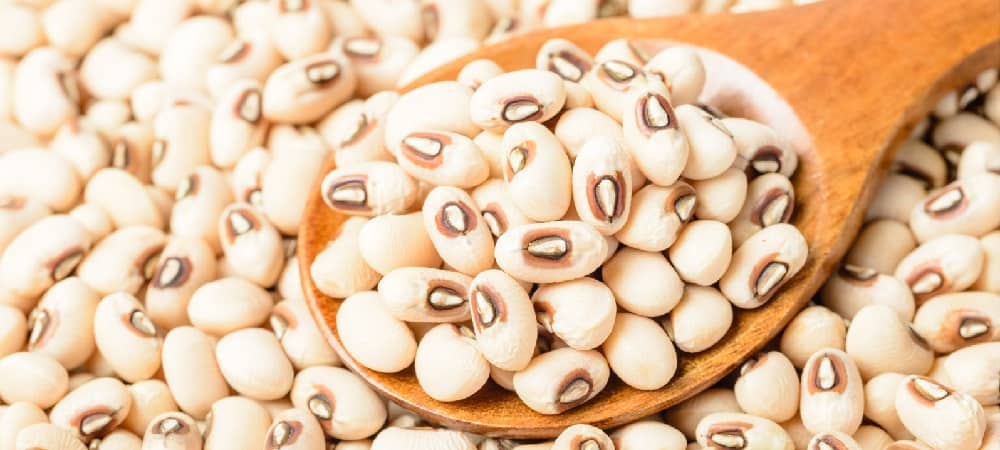
You should soak black eyed beans for a minimum of 12 hours, though I like to soak mine for at least 24 hours. I always add about 25g of salt per kilo of beans during the soaking stage as this hardens them up, and I also add flavourings and colours at this stage too.
Once they are soaked, I boil them for 20-30 minutes (depending on how much I am preparing) and once the boiling process is complete, I transfer them into a pan of iced water to ensure that they have stopped cooking. I then drain the water and place them in my bait bucket, add more flavouring and then leave them for a further 48 hours.
Buckwheat
In recent years, buckwheat has become well-known as a “super food” for humans, but carp anglers have been using this ancient seed for decades with great results.
Buckwheat is similar to hemp in both appearance and nutritional value. Both have a hard outer shell that splits while cooking and both have a naturally high oil content. Fishing over a bed of buckwheat can produce incredible results.

Buckwheat is among the easiest particles to prepare and, if you are in a rush, it isn’t necessary to soak it first (though it is best practice to do so).
Buckwheat only needs to be boiled for around 10 minutes and you will see that the shells start to crack and reveal the softer kernel inside. I always salt the water before boiling and add some flavour once it has cooled down.
Do you prefer to use shelf-life or frozen boilies? We think these are some of the best shelf-life boilie flavours
Chickpeas
The chickpea is up there as one of the most popular particles of all time and it is probably because carp cannot get enough of them.
Otherwise known as garbanzo beans, chickpeas have been responsible for captures of some of the biggest carp here in the UK and on the continent. They are also widely used in the United States now that carp fishing is becoming more popular there.
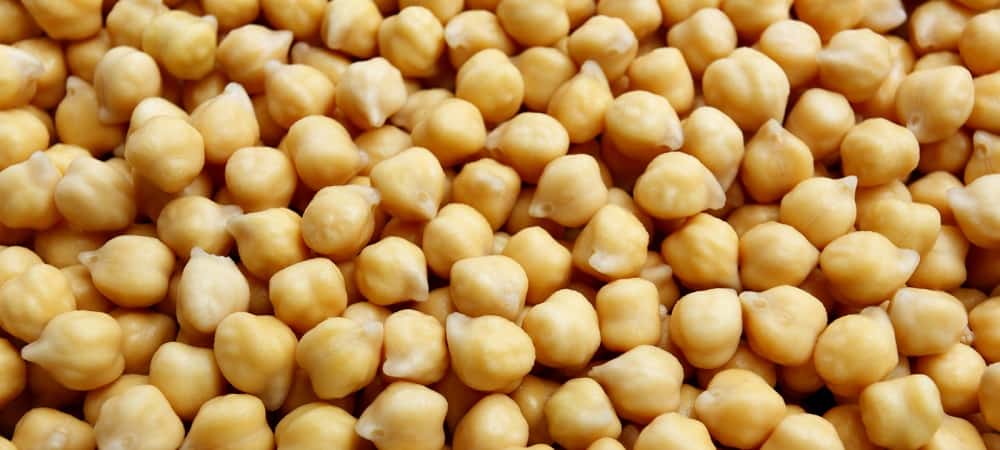
Chickpeas are popular as a hook bait or as part of a spod mix. They need to be soaked for a minimum of 12 hours, but I usually soak mine for at least 24 hours. After soaking, they need to be boiled for around 30 minutes.
Any flavourings or colours that you use to boost your chickpeas should be added during the soaking stage to allow for maximum absorption and attraction.
Hemp
I am sure that most, if not all anglers have used hemp at some point during their fishing life. Yes, most other species of fish love it too, but there is no getting away from the fact that carp also adore this popular particle.
It can be used in a stick mix, a spod mix or even as a hook bait, and has delivered devastating results on every water where it has been used.
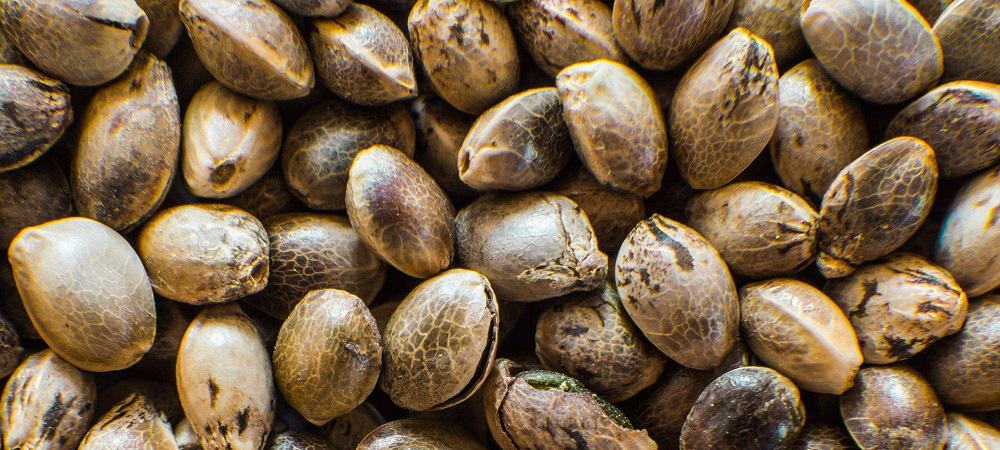
Hemp should be soaked for a minimum of 12 hours but, again, I like to err on the side of caution and soak it for 24 hours. Once soaked, boiling the hemp should take around 30 minutes, but the tell-tale sign that it is ready is when the outer shell splits and reveals the inner kernel.
Don’t forget to keep the water that you boiled the hemp in to use in your spod mix, ground bait or for washing out your boilies.
Hemp is naturally very tasty, so it is not necessary to add any additional attraction or colours. However, as it is so widely used, adding a different flavour profile can bring great results, so consider including chilli, turmeric or other spices.
Maple Peas
Maple Peas have been used as a bait for carp for many decades now. It was Chris Yates and Rod Hutchinson who were among the first people to use this underrated particle at Redmire Pool.
After soaking and boiling, maple peas swell to approximately twice their original size and are of similar dimensions to a small boilie, which might go some way to explaining their popularity with both carp and carp anglers.
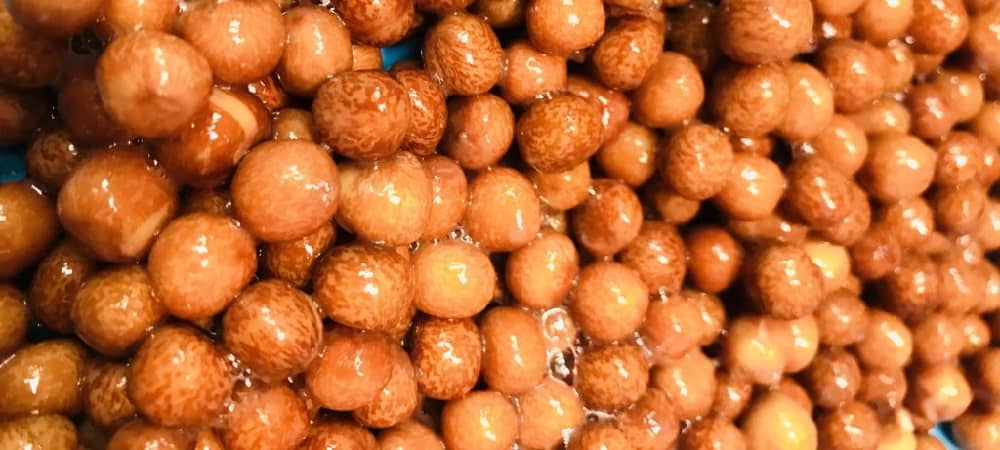
Maple peas need to be soaked for a minimum of 12 hours, though I usually double that time and soak them for a full day. When boiling maple peas it is important to keep checking them to ensure that they don’t overcook and go too soft. The longer you soak maple peas for, the less boiling time they require.
With their strong, distinctive taste, maple peas don’t require any additional flavours, but experimenting with different combinations could produce something unique that gives you that all-important edge.
Pigeon Conditioner/Partiblend
There are many pigeon conditioners and partiblends on the market and, although they do vary slightly, most ingredients remain the same throughout.
You will find linseed, buckwheat, safflower, paddy rice, wheat and dari seeds present in most pigeon conditioners and partiblends, with some particle companies giving their product an added kick by including crushed tiger nuts or a variety of different oils.

Many anglers say that pigeon conditioner or partiblend is among the easiest of particles to prepare as you only need to pour boiling water on it the night before your session and it will be ready to the next day. While that method will prepare it sufficiently so that it is safe for carp to consume, it won’t be half as effective as it could be if properly prepared.
I always soak pigeon conditioner for at least 12 hours (24 hours is recommended) and then boil it for approximately 30 minutes. When it is prepared in this way, it will become very stodgy from all the sugar that has been released, greatly increasing the levels of attraction.
Sweetcorn
Arguably the most popular particle of all time, sweetcorn is used by anglers the world over to target all species of fish, carp included.
This brightly coloured, sweet morsel seems like it is almost irresistible and has been responsible for more captures than most other baits. It is also among the cheapest particles to buy.

The best thing about sweetcorn is that it requires no preparation at all if bought in a can. If bought frozen, it can be simply thawed out and used, but I still prefer to boil mine for around 10 minutes anyway.
Sweetcorn is really versatile and will easily take on colouring and flavours if required, but is devastatingly effective straight out of the can.
Tares
You may think of tares as being more commonly associated with fishing for roach, bream, chub etc, but they have always been an extremely effective particle for tempting carp, too.
While they naturally have a powerful flavour profile, they also accept additional attractors very well during the soaking stage, which only enhances their ability to bring carp into your baited area.

Tares need to be soaked for at least 12 hours, before boiling them for 20-30 minutes. It is a good idea to monitor them from 15 minutes onwards, as overcooking tares can cause them to become really soggy.
Tiger Nuts
While they are despised by some anglers, I don’t think there is any doubt that tiger nuts are one of the most prolific particles for catching carp.
A lot of lakes used to ban the use of tiger nuts (some still do), but that is mainly because a minority of anglers were not preparing them properly. Unprepared tiger nuts can be detrimental to the health of a carp and, in some cases, can even cause death.
Another reason that they are frowned upon is that some anglers would feed kilos of tiger nuts into some waters and it could result in the carp completely switching off from feeding (sometimes for weeks at a time).
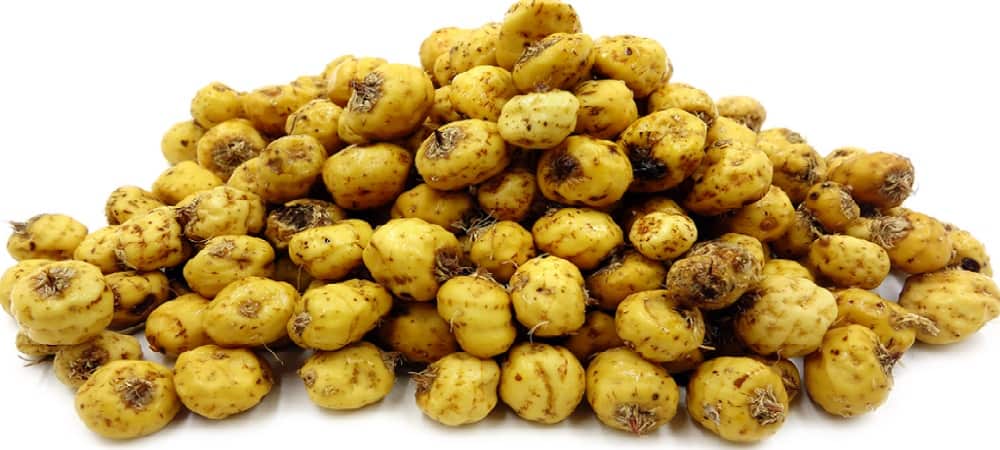
When it comes to soaking tiger nuts, I firmly believe that the longer you soak them for, the better. With this in mind, I always soak my tiger nuts for 48 hours.
Once they are soaked, boil them for approximately 30 minutes and then leave them in your bait bucket for 2-3 days prior to your session and they will start to ferment and ooze attraction.
Finally, as I touched on before, it is best to use tiger nuts sparingly. A couple of handfuls of chopped tiger nuts per kilo of spod mix is more than enough.
Conclusion
So there we have it, some of the finest particles to ever be used for carp fishing.
A lot of bait companies nowadays sell particles that are already prepared and ready to use immediately. While this is brilliant for convenience and safety, it can become quite expensive.
The number one reason why anglers shy away from using certain particles is that they are unsure how to prepare them correctly. I soak all of my particles prior to boiling, just to be on the safe side. I would much rather feed a particle that has been excessively soaked and over-boiled, knowing that it is safe, rather than an under-prepared particle that could cause suffering or even death to a carp.
What particles are your personal favourite? I favour tiger nuts as I have always had plenty of success when using them, but all of the others in this list have also produced excellent results time and time again.

